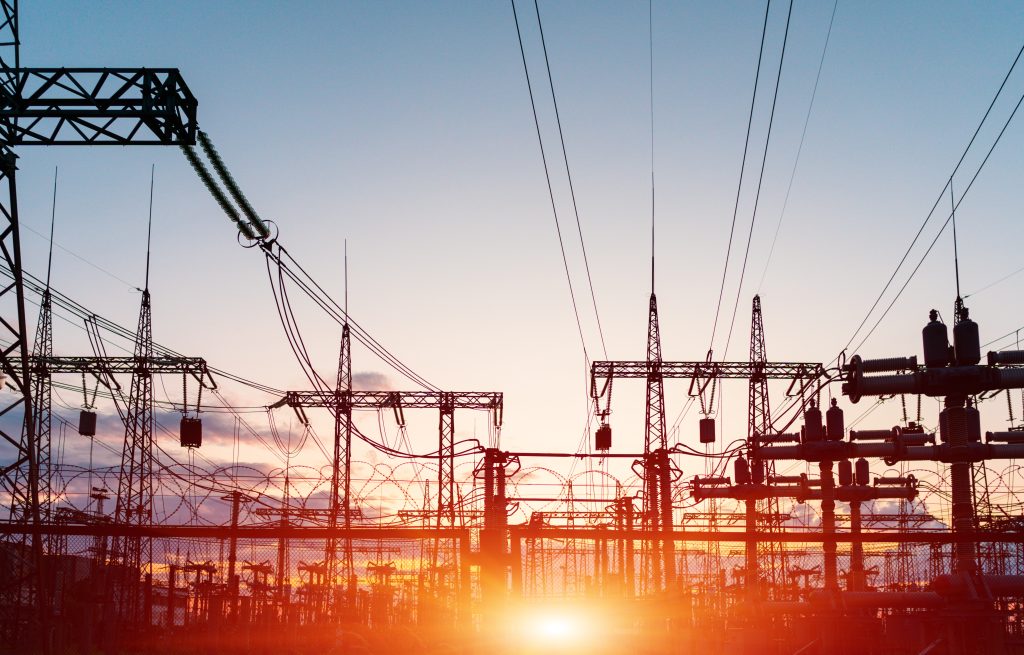A brownout is a temporary reduction in voltage or power supply that can cause lights to dim and electrical appliances to malfunction. Brownouts are usually caused by high demand for electricity, and power companies may implement them to avoid a blackout or overload on the power grid. While brownouts are less severe than blackouts, they can still cause damage to electrical equipment, so it’s important to turn off appliances and devices during a brownout to prevent any damage.
Brownouts, also known as voltage sags, are a temporary and intentional or unintentional drop in voltage levels in an electrical power supply system. They are typically characterized by a decrease in voltage below the standard level but not a complete loss of power. Brownouts can be caused by various factors, including:
Brownouts, which are intentional or unintentional drops in voltage in an electrical power supply system, are quite uncommon in Alberta. The province’s electricity grid is robust and well-equipped to handle the typical demands placed on it. The electrical infrastructure includes a diverse mix of energy sources, such as natural gas, coal, wind, and hydro, providing a reliable energy supply to meet consumer and industrial needs.
The Alberta Electric System Operator (AESO), which is responsible for the day-to-day operation of the province’s power grid, has an excellent track record of managing the system to prevent situations where a brownout would be necessary. AESO’s real-time monitoring and market system allow for a balance between electricity supply and demand, helping to prevent voltage reductions.
Additionally, Alberta’s energy market design includes measures like demand response programs, which encourage consumers to reduce their electricity usage during peak times, further reducing the likelihood of a brownout. The province’s investments in infrastructure and maintenance, along with a rigorous regulatory framework, also play a key role in minimizing the chances of such occurrences. While no power system can be completely immune to the possibility of brownouts, in Alberta, they are an infrequent event due to the robustness of the system and the effective management of the electricity market.

If you encounter any issues with your metre, the best course of action is to contact your electricity distributor. They are responsible for maintaining and operating the electricity network in your area, which includes the metreing infrastructure. They will be able to assist you with any problems related to the metreing of your electricity usage, such as inaccurate readings or faulty equipment. While Peace Power, as a retailer, manages your account and billing information, they do not have control over the physical metre itself. Therefore, it’s important to reach out to your electricity distributor directly for any metre-related concerns.
Once you have signed the lease agreement for your rental property, the first thing you need to do is set up electricity in your name. This involves identifying the local electricity provider, getting in touch with them, and providing your new address and move-in date. You will also need to provide identification and payment information as requested by the provider. Once the paperwork is done, schedule a time for the electricity to be turned on at your new place. With the electricity up and running, you can focus on settling into your new home.
Yes, we typically allow customers to pay their electricity bills using a credit card. This payment method provides convenience and may offer additional benefits, such as rewards points or cash back, depending on your credit card provider. Customers can usually make credit card payments online through Peace Power’s customer portal, over the phone, or by setting up automatic payments. Securely storing your payment information on your account can facilitate faster payments in the future. Always ensure that your credit card information is updated to avoid any disruptions in your electricity service due to payment issues.
To choose an energy provider, start by assessing your energy needs and priorities, considering factors like consumption, renewable energy options, and pricing structures. Research available providers in your area, reading customer reviews and recommendations to gauge their reputation. Compare rates, contract terms, and any renewable energy options that align with your preferences. Assess customer service quality and look for additional services or benefits, such as energy efficiency audits. Understand billing and payment methods and carefully review contract terms and fees. Seek recommendations from others and contact providers directly to ask questions. Once you’ve gathered this information, make an informed choice that suits your needs and preferences while keeping an eye on potential switching procedures if you’re changing providers.
The idea that electricity can “run out” is actually a misconception. Unlike fossil fuels, electricity is a type of energy that can be generated and is not a finite resource. The real concern is not the depletion of electricity itself, but rather the sources used to produce it. Fortunately, renewable energy sources such as solar, wind, and hydroelectric power are practically infinite. On the other hand, the availability of fossil fuels, which still account for a significant portion of the world’s electricity production, is limited, and their continued use poses environmental challenges.
Signing up for electricity with Peace Power is easy! Go to our website Peacepower.ca and click on the “sign up ” button. Follow the prompts and you will be all set up in no time.
Links